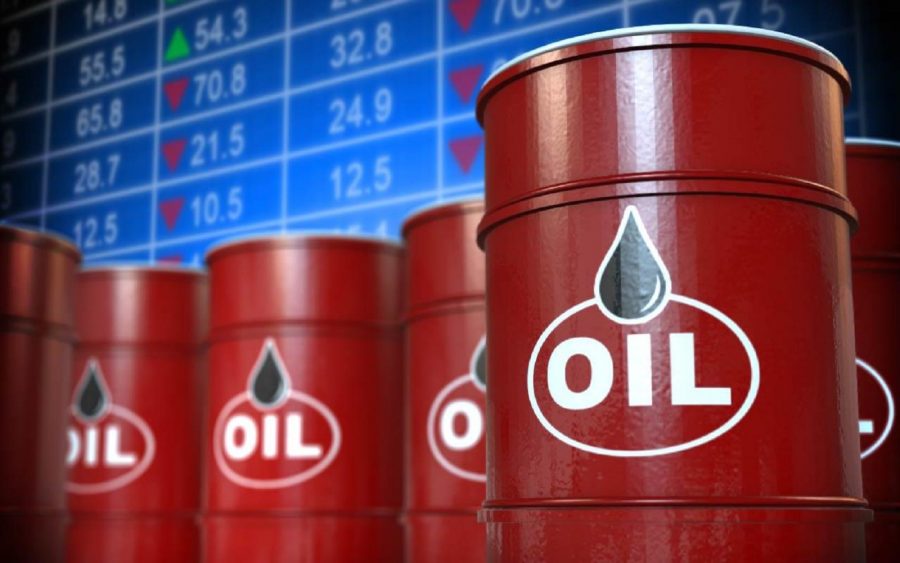Oil prices increased by around 4% at the last trading session of the week helped by actual and threatened supply cutbacks. However, futures showed a second weekly fall as the prospect of demand was hampered by aggressive interest rate hikes and China’s COVID-19 limitations.
Despite the recovery on Friday, both crude benchmarks were still expected to decline for the week, with Brent down roughly 0.2% for the week after briefly reaching its lowest level since January. WTI reported a 0.1% weekly drop.
A minor reduction in OPEC+ oil output plans revealed this week also helped to maintain prices. Russian President Vladimir Putin has threatened to restrict oil and gas supplies to Europe if price caps are implemented.
A barrel of Brent crude increased by 4.1%, to close at $92.84.To reach a price of $86.8 per barrel, West Texas Intermediate (WTI) crude increased by 3.9%.
According to sources, the West will have to deal with the possibility of losing Russian energy supplies and rising oil costs in the upcoming months.
- Brent is down significantly from a rise in March near its all-time high of $147 when Russia invaded Ukraine, pressured by concerns about a recession and demand.
- In the wake of the invasion, the Group of Seven is looking for methods to restrict Russia’s significant oil export earnings. Russian oil should be subject to a price cap set at fair market value less any risk premium brought on by Moscow’s invasion of Ukraine, a U.S. official said. An official from the Treasury Department informed reporters on Friday.
- Prices have also been impacted by the unexpected 75 basis point rate increase by the European Central Bank this week and additional COVID-19 lockdowns in China.
On Thursday, the majority of Chengdu’s more than 21 million residents were placed under lockdown, and authorities in other parts of China advised millions more people to avoid travelling over the impending holidays.






















